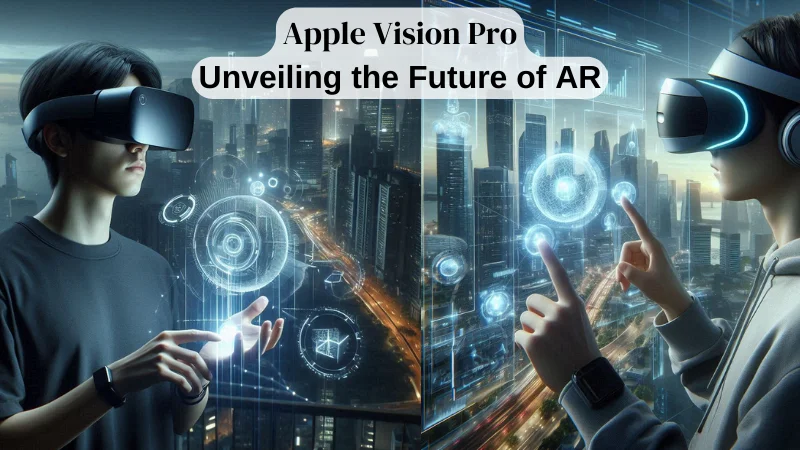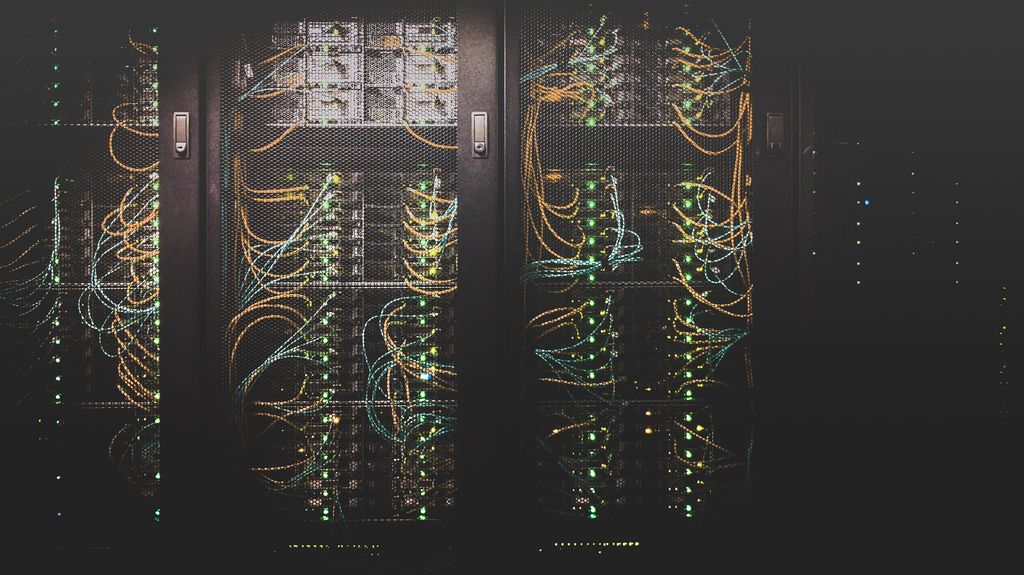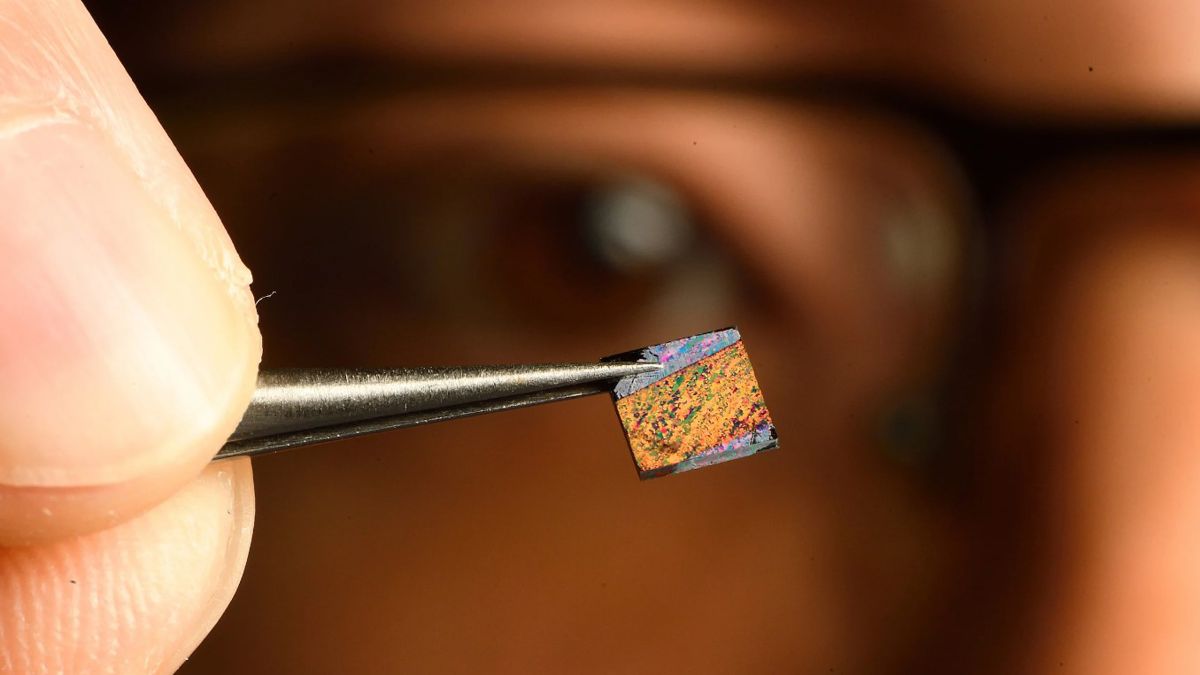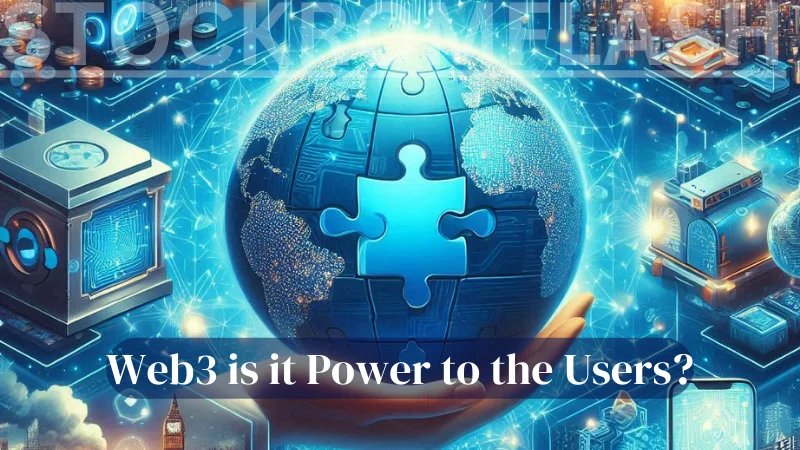
Web3: A Decentralized and User-Centric Future of the Internet
Introduction
Do you ever feel like the internet is watching you? Every click, every search, every purchase? it all gets tracked and collected by big tech companies. Web3 promises a different kind of internet, one where users are back in control.
Web3, also known as Web 3.0, is the next stage in the evolution of the internet. Unlike the static web pages of Web 1.0 or the user-generated content of Web 2.0, Web3 is all about decentralization and user-centricity.
From Web 1.0 to Web3
Imagine the early days of the internet, a collection of simple websites with limited interactivity. That was Web 1.0, where users primarily consumed information. Web 2.0 ushered in a new era of social media, user-generated content, and dynamic platforms. However, with this shift came a concentration of power in the hands, of a few tech giants who control vast amounts of user data.
Web3 aims to break free from this centralized model. Decentralization means that data and applications are not stored on servers owned by a single entity, but rather distributed across a network of computers. This gives users more control over their data and privacy.
Key Features of Web3
- Decentralization: Distributing power and data ownership away from big tech companies and toward users.
- User Control of Data: Empowering users to decide how their data is collected, used, and shared.
- Semantic Web: Machines understanding the meaning of data, leading to more intelligent interactions.
- Artificial Intelligence & Machine Learning: Personalizing user experiences and powering intelligent applications.
- Security: While challenges remain, Web3 has the potential to be more secure than the current web due to its distributed nature.
The Technologies of Web3
The foundation of Web3 is blockchain technology. Blockchains are distributed ledgers that securely store data across a network of computers. This makes it tamper-proof, and transparent, ideal for applications where trust is essential.
Cryptocurrency plays a vital role in Web3, facilitating secure and transparent online transactions. Non-fungible tokens (NFTs) are another key concept. NFTs are unique digital assets that can represent anything from artwork to collectibles, and they are revolutionizing digital ownership.Decentralized applications (dApps) are applications built on top of blockchain networks. Unlike traditional apps controlled by a single company, dApps are transparent and censorship-resistant. Imagine social media platforms where users own their data and have a say in how the platform operates. This is the potential of dApps.
The metaverse is another exciting aspect of Web3. The metaverse is a hypothetical future iteration of the internet, a persistent, and immersive 3D virtual world. Web3 technologies like blockchain and NFTs could power the metaverse economy, enabling users to own virtual assets, and experiences.
Benefits and Challenges of Web3
Web3 offers a compelling vision for a more democratic and user-centric internet. Here are some potential benefits:
- Empowering Users: Web3 puts users back in control of their data and online experiences.
- Greater Privacy & Security: Decentralized systems can be more secure than centralized ones, potentially leading to a more private online environment.
- A More Equitable Internet: Web3 has the potential to level the playing field online, reducing the dominance of big tech companies.
- Innovation & New Applications: The decentralized nature of Web3 could foster innovation and lead to the development of entirely new applications and services.
However, Web3 also faces significant challenges:
- Scalability: Blockchain technology is still evolving, and its ability to handle a large number of users and transactions remains a concern.
- Regulation: Clear and effective regulations are needed to ensure a safe and secure Web3 environment.
- Security Risks: While potentially more secure than Web 2.0, Web3 is not without its security risks, such as hacking and scams.
- Accessibility: Ensuring that Web3 is accessible to everyone, not just tech-savvy individuals, is crucial for its widespread adoption.
The Future of the Internet
Web3 is still in its early stages, but it has the potential to reshape the internet as we know it. Projects like Decentraland, The Sandbox, and Filecoin are already pushing the boundaries of what’s possible.
The potential impact of Web3 is vast. It could change the way we work, shop, interact online, and even govern ourselves. The future of work might involve decentralized marketplaces where freelance workers connect directly with clients.
- E-commerce & the Digital Economy: Web3 could revolutionize online commerce by enabling new ownership models. Imagine fractional ownership of digital assets, where multiple people can co-own a valuable piece of digital content, like a rare NFT. Decentralized marketplaces could empower creators to sell their work directly to consumers, cutting out intermediaries and giving them a larger share of the profits.
- Social Interaction & Governance: Social media platforms built on Web3 principles could be more democratic and user-centric. Users might own their data and have a say in how the platform operates through decentralized governance models. Imagine social networks where users are rewarded for their contributions and have a voice in shaping the platform’s future.
- The Creator Economy: Web3 offers exciting possibilities for creators. Platforms built on blockchain technology can empower artists, musicians, and other content creators to monetize their work directly, without relying on traditional gatekeepers. NFTs can be used to represent ownership of digital creations, allowing creators to capture a portion of the value whenever their work is sold or resold.
Conclusion
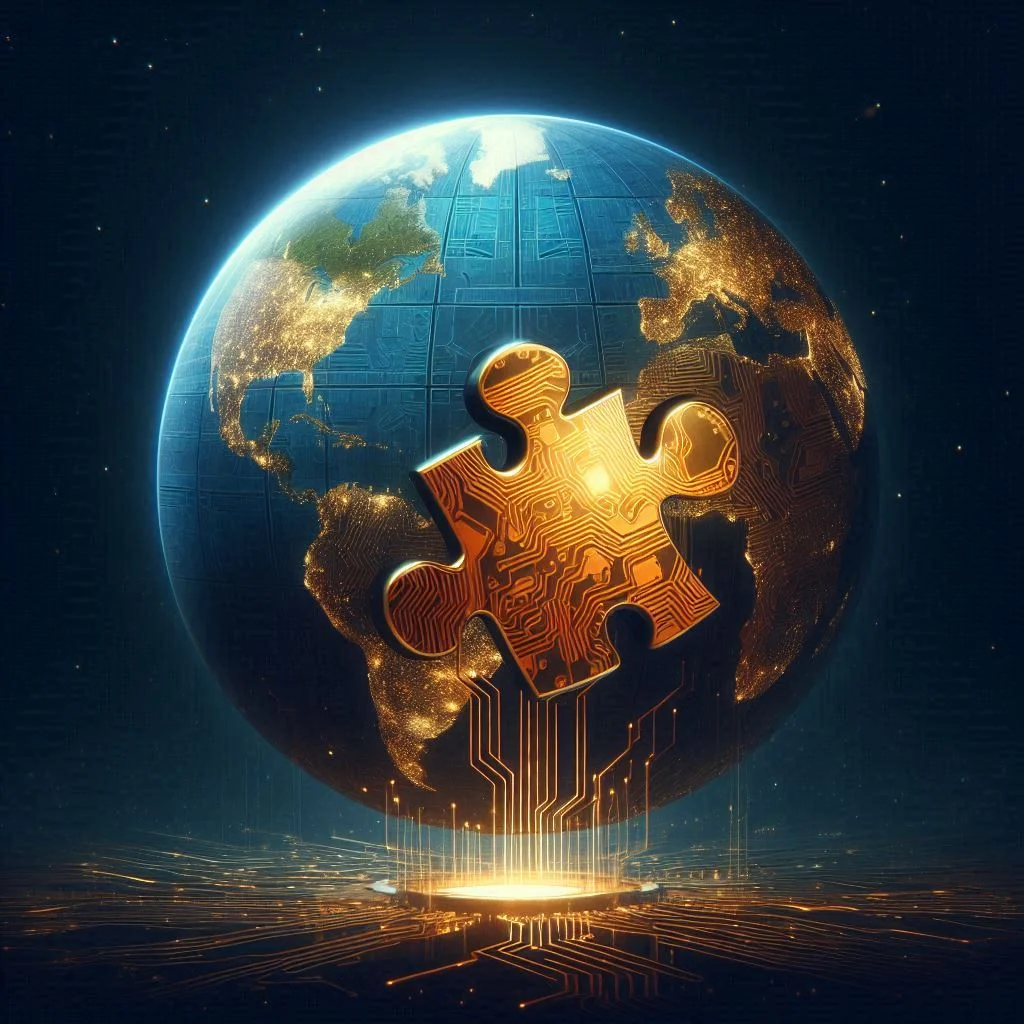
Web3 presents a vision for a future internet that is more decentralized, user-centric, and secure. While challenges remain, the potential benefits are significant. Web3 has the power to reshape the way we interact with the digital world and empower individuals to take control of their online experiences.
The future of the internet is being written right now. Will it be a web controlled by a handful of tech giants or a more democratic and user-owned one? Learn more about Web3 and consider its implications for the future. What kind of internet do you want to see? Get involved in the conversation and help shape the future of the web.
Web3 FAQs
1. What does Web3 mean for users?
This means:
- Owning Your Data: You control your personal information and decide how it’s used.
- Greater Privacy & Security: Decentralized systems can potentially offer more secure online interactions.
- New Applications & Ownership Models: Web3 opens doors for innovative applications and potentially owning digital assets in new ways (e.g., fractional ownership of NFTs).
2. What is the power of Web3?
The power of Web3 lies in decentralization. By distributing data and applications across a network, Web3 aims to:
- Reduce reliance on big tech companies.
- Increase user control and ownership.
- Foster innovation and the development of new online experiences.
3. What are the benefits of using Web3?
- Empowerment: Users control their data and online experiences.
- Privacy & Security: Decentralized systems can be more secure.
- A More Equitable Internet: Reduce dominance of big tech companies.
- Innovation: New applications and ownership models emerge.
4. What do people do in Web3? What is decentralization?
In Web3, users can:
- Interact with decentralized applications (dApps).
- Buy, sell, and trade digital assets (e.g., NFTs).
- Participate in decentralized finance (DeFi).
- Engage in online communities governed by users (DAOs).
Decentralization means data and applications are not stored on servers owned by a single entity, but distributed across a network of computers. This creates a more democratic and user-controlled online environment.
5. How will Web3 revolutionize the online user experience?
Web3 has the potential to revolutionize the online experience by:
- Creating new and immersive online experiences (e.g., metaverse).
- Empowering users to monetize their online activities.
- Offering new ways to interact with businesses and organizations.
6. What are consensus algorithms?
Consensus algorithms are the mechanisms used in blockchains to ensure all participants agree on the state of the network.
7. How do the popular consensus algorithms differ from each other?
- Proof of Work (PoW): Miners compete to solve complex puzzles to validate transactions, requiring significant computational power and energy consumption.
- Proof of Stake (PoS): Validators are chosen based on their stake in the network, making it more energy-efficient than PoW.
8. How do NFTs fit in the Web3 landscape?
NFTs (Non-Fungible Tokens) represent unique digital assets on a blockchain. They can be used for:
- Owning digital art, collectibles, and in-game items.
- Representing real-world assets (e.g., real estate).
- Facilitating new ownership models and marketplaces.
9. Are Web3 and the metaverse the same thing?
No. Web3 is the underlying technology (blockchain, decentralization) that could power the metaverse. The metaverse is a hypothetical future iteration of the internet, a persistent and immersive 3D virtual world.
10. Is DeFi relevant for Web3?
DeFi (Decentralized Finance) is a key aspect of Web3. It refers to financial services built on blockchain technology, offering alternatives to traditional financial institutions.
11. What is the blockchain trilemma?
The blockchain trilemma refers to the three desirable properties of a blockchain:
- Scalability: Ability to handle a large number of transactions.
- Security: Resistance to attacks and fraud.
- Decentralization: Distribution of power across a network.
It’s challenging to achieve all three simultaneously.
12. Is there any solution to the blockchain trilemma in Web3?
There’s no one-size-fits-all solution, but developers are constantly working on improvements like scaling solutions and new consensus algorithms to optimize blockchains for specific needs.
13. What are the notable risks associated with Web3?
- Security risks: Hacking, scams, and vulnerabilities in smart contracts.
- Scalability limitations: Blockchains can currently handle fewer transactions per second than traditional systems.
- Regulation: The legal landscape surrounding Web3 is still evolving.
- Accessibility: The technology can be complex for new users.
14. Which programming languages are used in Web3 development?
Vyper: Another language for smart contract development, known for its focus on security.
15. smart contracts coded in Solidity and Vyper?
Solidity and Vyper code need to be compiled into bytecode, a machine-readable format, before it can be deployed on a blockchain. This bytecode is what the blockchain understands and executes.
some of the top examples of Web3 organizations?
- Decentraland: A virtual world built on the Ethereum blockchain, allowing users to own and monetize virtual land and experiences.
- The Sandbox: Another metaverse project with a focus on user-generated content and gaming experiences.
- Filecoin: A decentralized storage network offering an alternative to cloud storage solutions.
- Chainlink: A decentralized Oracle network providing secure and reliable data feeds for smart contracts.
- Uniswap: A popular decentralized exchange (DEX) for trading cryptocurrencies.
16. Will machine learning affect Web3?
Machine learning (ML) has the potential to significantly impact Web3 in various ways:
- Improved user experience: ML algorithms can personalize applications and content recommendations.
- Enhanced security: ML can be used to detect and prevent fraud in DeFi and other Web3 applications.
- Data analysis: Analyze on-chain data to gain insights into user behavior and network trends.
However, ethical considerations around data privacy and potential biases in ML algorithms need to be addressed as Web3 and ML converge


